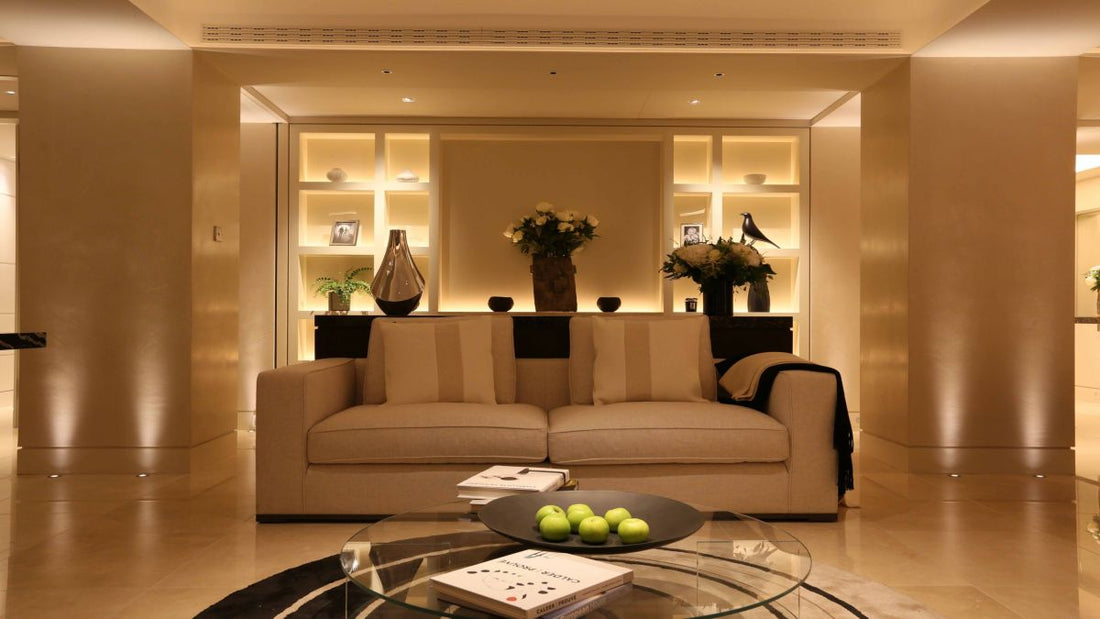In the realm of interior design, lighting serves as the unsung hero that can transform a space from mundane to magnificent. A well-thought-out lighting design doesn't merely illuminate; it shapes ambiance, influences mood, and accentuates the aesthetics of a room. However, achieving the perfect lighting balance involves careful consideration and attention to various factors. Let's embark on a journey into the intricacies of lighting design, exploring the matters that demand our attention to create spaces that radiate warmth, functionality, and style.
Understanding the Purpose:
Before delving into the technicalities, it's imperative to understand the purpose of each space. A living room may call for ambient, task, and accent lighting, catering to activities such as reading, entertaining, and showcasing art. Meanwhile, a kitchen requires bright, focused illumination for meal preparation. By identifying the functions of a space, you lay the foundation for a lighting design that is not only visually appealing but also functionally efficient.
Layering Light:
Just as an artist employs various brushstrokes to create a masterpiece, lighting designers utilize different layers of light to craft a captivating ambiance. Three primary layers—ambient, task, and accent lighting—work in harmony to achieve balance. Ambient lighting provides overall illumination, task lighting targets specific activities, and accent lighting highlights focal points or architectural features. Mastering the art of layering light ensures a dynamic and visually engaging environment.

Consideration of Color Temperature:
Color temperature, measured in Kelvin (K), plays a crucial role in setting the mood. Warm hues, such as those around 2700K, create a cozy and intimate atmosphere, ideal for residential spaces. On the other hand, cooler temperatures (5000K and above) exude a more energetic and focused ambiance, suitable for workplaces. Striking the right balance in color temperature enhances the overall aesthetic and emotional impact of the lighting.
Natural vs. Artificial Light:
Harmonizing artificial lighting with natural light is a delicate dance. Daylight streaming through windows can influence the perceived color of artificial light. Understanding how natural light behaves throughout the day in a particular space helps in selecting artificial lighting that complements rather than clashes with the changing hues of daylight.
Mindful Fixture Selection:
The choice of fixtures is akin to selecting jewelry for an outfit – it should complement and enhance the overall design. Consider the architectural style, scale, and purpose of the space when choosing fixtures. Whether it's pendant lights, chandeliers, or recessed lighting, each fixture contributes to the visual narrative of the room. Additionally, explore diverse materials, finishes, and styles to add texture and personality to the lighting design.

Embracing Energy Efficiency:
In an era increasingly conscious of environmental impact, energy-efficient lighting is not just a trend; it's a responsibility. LED technology has revolutionized the lighting landscape, offering longevity, energy efficiency, and versatility. Opting for LED fixtures not only reduces energy consumption but also provides a broader range of color temperatures and dimming options, allowing for greater control and customization.
Dimmers for Dynamic Control:
Dimmers are the unsung heroes of lighting design, offering dynamic control over intensity and mood. They provide flexibility, allowing occupants to tailor the lighting to specific tasks or occasions. Additionally, dimming extends the lifespan of bulbs and contributes to energy efficiency. Integrating dimmers into a lighting scheme is a small yet impactful detail that enhances both functionality and ambiance.

Avoiding Glare and Shadows:
While crafting an enchanting environment, it's essential to address potential pitfalls, namely glare and shadows. Glare occurs when intense light interferes with the line of sight, causing discomfort. Strategic placement of fixtures, use of diffusers, and selecting appropriate bulb wattages help mitigate glare. Similarly, shadows can be counteracted by employing a combination of ambient and task lighting to ensure even illumination across surfaces.


